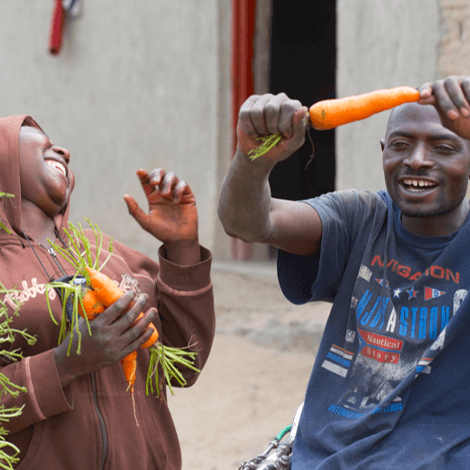When Presidents Uhuru Kenyatta and Yoweri Museveni opened the improved border crossing at Busia in February last year, they said they were implementing their commitment to expand trade by freeing movement of people. Known as the Busia One-Stop-Border Post, the crossing cost about Sh1.2 billion, with facilitation from the Trade Mark East Africa. But away from the dignitaries, media, pomp and colour, the Nation spent time with border communities to get a peak on what regional integration means for them. LIFE BEFORE At Buyengo village, deep in Busia on the Ugandan side, 67-year-old Alfred Mang’eni tells of a story of mixed parentage and a life unhindered by borders. Mang’eni is, technically a Ugandan resident. But he is Kenyan. His father is a Kenyan from Luchululo village in Samia Sub-County of Busia but he bought land in Jinja, Uganda where he was born with other six siblings. “Long time ago we could visit our relatives in Kenya without many restrictions. We used to cross via the lake using boats,” he told the Nation, as he massaged his beard. “At the moment a lot has changed and we have to produce documents to relevant authorities. At the main Busia border crossing, we were never issued with permits to grant us entry to Kenya or vice versa,” said Mr Mang’eni in his native Samia, a language also spoken in Funyula Constituency in Busia County. DIVIDED FAMILIES For the Samia, the border between Kenya and Uganda at Busia cut their villages right in the middle, dividing families...
Jubilee Development – Busia one stop border post
Posted on: March 1, 2019
Posted on: March 1, 2019















